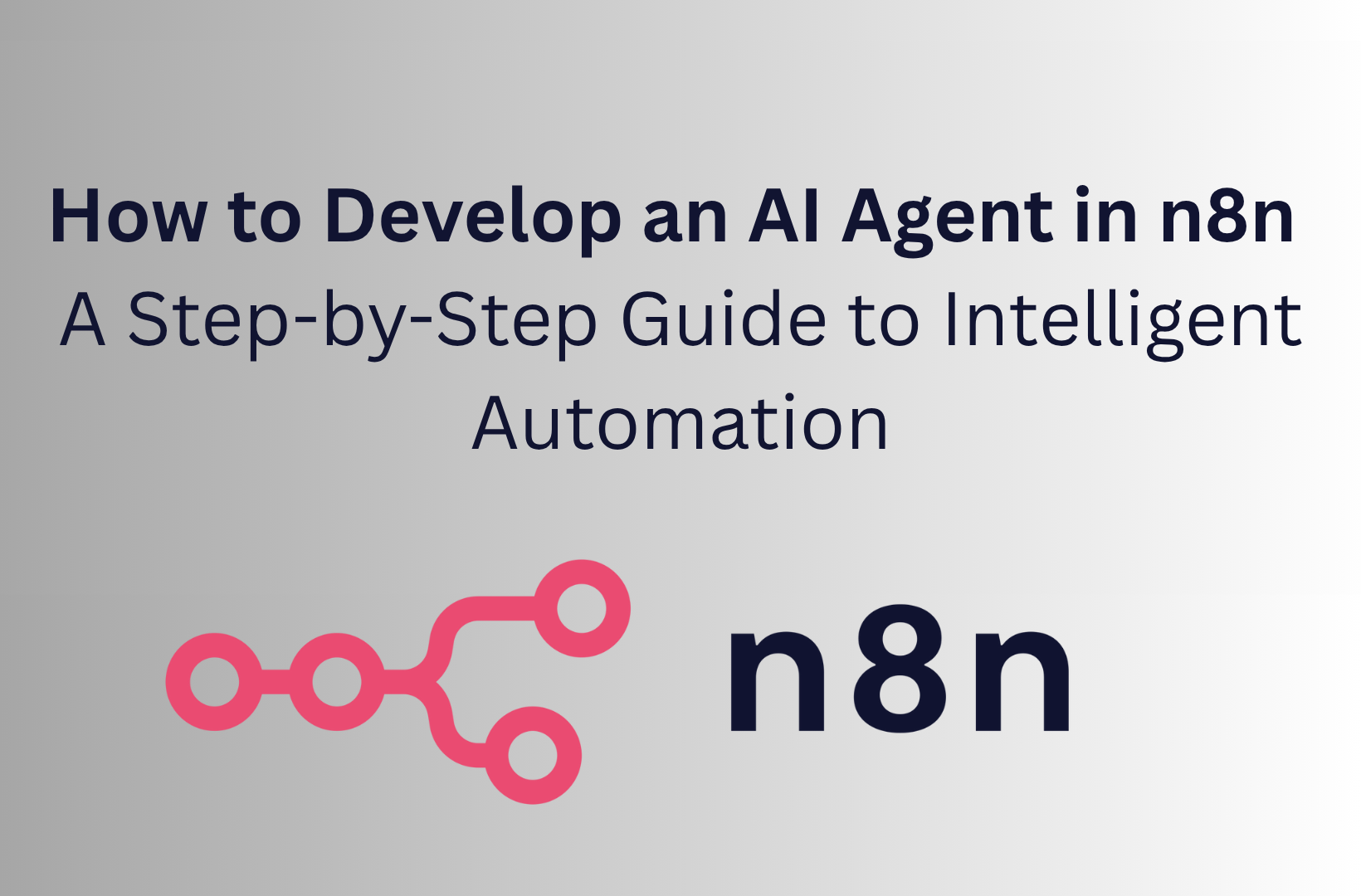In today’s fast-paced digital landscape, automation is key to staying competitive. As organizations seek to enhance efficiency and decision-making, integrating artificial intelligence (AI) within automated workflows has become increasingly essential. Fortunately, tools like n8n, an open-source workflow automation platform, empower developers and non-developers alike to build intelligent automation solutions without heavy coding. This guide explores how to develop an AI-powered agent in n8n, enabling your business to leverage AI capabilities seamlessly within your workflows.
Understanding n8n and Its Flexibility for Building Automation Workflows
n8n, often dubbed the “fair-code” alternative to proprietary automation tools, offers unparalleled flexibility for designing complex workflows. Its no-code/no-low-code approach simplifies integrating various services and APIs, making it accessible for both technical and non-technical users. With a visual editor and a rich ecosystem of nodes, n8n allows developers to create sophisticated automation processes, or n8n workflows, that can incorporate data transformation, trigger events, and external API calls—all within an intuitive environment.
What Is an AI Agent and Why Is It Useful?
An AI agent refers to a software entity that autonomously performs tasks using AI models or APIs. These agents can understand, process, and respond to data, enabling them to make decisions or execute actions based on complex criteria. In business and tech environments, AI agents enhance workflow optimization by automating routine tasks, providing insights, and supporting decision-making processes. Examples include chatbots, intelligent data analyzers, and automation assistants that adapt in real-time to changing circumstances.
Integrating AI Models or APIs within n8n
The power of combining n8n with AI models—such as those from OpenAI, Hugging Face, or other providers—lies in API integration. By connecting these models to your workflows, you can add natural language processing, image recognition, sentiment analysis, and other AI capabilities without extensive programming. In n8n, this is achieved through HTTP Request nodes or dedicated API nodes, allowing data to flow seamlessly between your workflow and AI services.
Step-by-Step: Building a Simple AI Agent Workflow in n8n
1. Set Up Your Trigger
Start by selecting a trigger node, such as an HTTP Webhook, a scheduled trigger, or an email inbox. This will initiate your workflow whenever specific events occur.
2. Collect and Process Data
Use data nodes to prepare your input. For example, extract relevant information from user submissions or form data, and format it appropriately for your AI model.
3. Call the AI API
Insert an HTTP Request node configured to interact with your chosen AI provider. Here’s an example of configuring an OpenAI API call:
- Method: POST
- URL: https://api.openai.com/v1/engines/davinci/completions
- Headers: Authorization Bearer YOUR_API_KEY
- Body: JSON with prompt and parameters
4. Handle AI Responses
Capture the response data—such as generated text or classification results—and process or store it as needed. You can save to databases, send notifications, or trigger other workflows based on the AI output.
5. Finalize and Deploy
Once tested, deploy your workflow and monitor its performance. Adjust parameters or improve data preprocessing to enhance accuracy and efficiency.
Tips for Optimizing AI Agent Performance and Reliability
- Cache Results: Reduce API calls by caching responses for repeated inputs.
- Error Handling: Incorporate error detection nodes to gracefully manage API failures or invalid data.
- Parameter Tuning: Experiment with AI model parameters (like temperature, max tokens) for better results.
- Security: Store API keys securely using environment variables and encrypt sensitive data.
- Scalability: Design workflows with modular nodes, enabling easy updates and scaling as your needs grow.
Use Cases and Examples of AI Agents in Automation
Integrating AI agents within your workflows unlocks numerous benefits across various sectors:
- Customer Support: Automate chatbot conversations that understand and respond to queries.
- Content Generation: Generate blog summaries, product descriptions, or social media posts automatically.
- Data Analysis: Use sentiment analysis to monitor brand reputation or customer feedback.
- Predictive Maintenance: Analyze IoT data to predict failures and schedule maintenance proactively.
Best Practices for Securing AI Workflows and Sensitive Data
When deploying AI agents, security must be a priority. Ensure API keys are stored securely, preferably in environment variables or encrypted vaults. Use HTTPS for all API communications and restrict access with proper authentication measures. Regularly review workflows to detect vulnerabilities, and adhere to data privacy regulations such as GDPR or CCPA.
Future Trends: How n8n and AI Integration Drive Digital Transformation
The convergence of no-code development platforms like n8n and advanced AI models heralds a new era of digital transformation. Organizations can rapidly prototype, deploy, and iterate AI-powered workflows, reducing time-to-market and fostering innovation. As AI models become more sophisticated, future workflows will incorporate real-time learning, autonomous decision-making, and seamless integration across diverse systems—making AI agents integral to enterprise automation strategies.
By harnessing workflow automation and AI, businesses can achieve greater workflow optimization, improve customer experiences, and unlock new revenue streams. Whether you’re a developer, business owner, or automation specialist, adopting AI agents in n8n is a powerful step toward smarter, more efficient operations.




